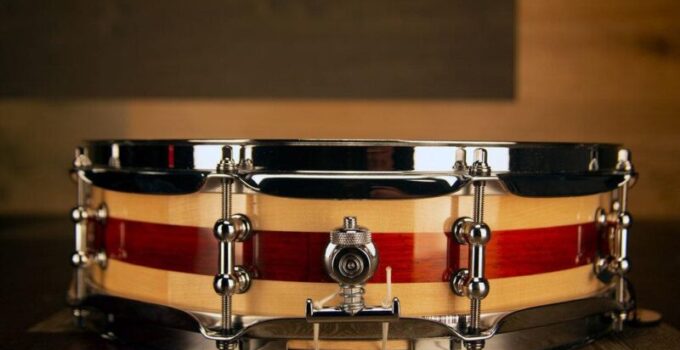The joy of playing the drums stems from the colorful array of sounds we can make. The entire kit can be tough to assemble but once it has been set up we will enjoy a huge amount of variable sounds to play around with and indulge.
However, not everybody had cash for expensive kits. That’s why we’ve looked over some advice you could use when buying cheaper ones that may fit the wallets of those who aim for more of a mid-range snare drum kit.
Page Contents
What are snare drum kits?
The snare drum is the side drum in the kit that provides and provides great flavor to many different genres. Its utility is most present in rock music but you can’t go wrong with the beat added by this part of the kit. The snare drum kit is probably one of the most recognizable parts of a drum kit and has seen prominent use across the years.
You could also check out https://zerotodrum.com/beginner-snare/ to look through some snares that will set you up for a longer period of time.
These are especially good when you are starting off but you should still consult the below tips before actually picking a snare drum to buy.
1. There’s a ton of choices
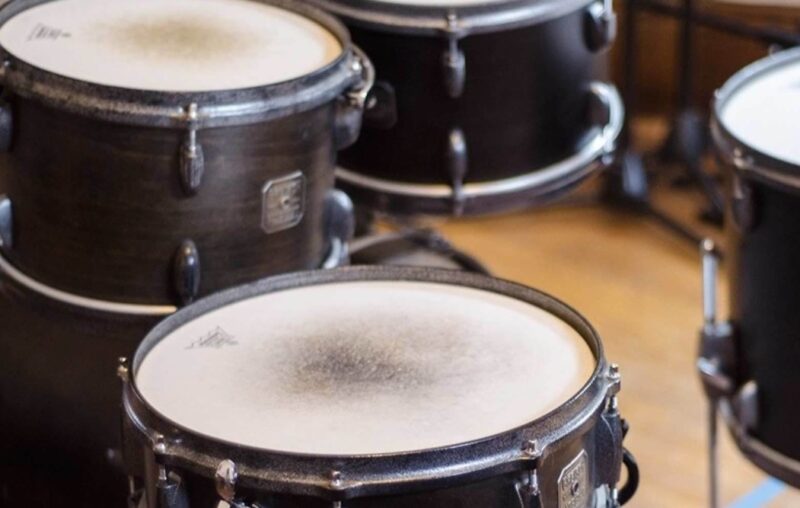
Source: reverb.com
If you are shopping for a snare drum rest easy knowing that there are a ton of available ones out there. After all, snare drums are one of the most iconic drums and musicians will often amass a whole collection of them. You shouldn’t worry about that right now though, your focus should be firmly on the available choices that fit your price range and their overall style.
However, it’s unlikely you’ll ever run into an issue where there are no interesting snare drums for your needs. The worst that could happen is the chosen drum being slightly above the usual price point.
2. Pick a size that fits your genre

Source: respectmyregion.com
The joy of diversifying your portfolio of music items you own is that you can customize it all to fit the genres and styles you play in. This goes double if you are playing actual gigs, giving your music that added flair can go a long way when the audience is concerned. The snare drum is also considered one of the most important drums in the kit so having it possess a unique note to its sound can alter the way an entire kit sounds.
3. Pick the shell you desire
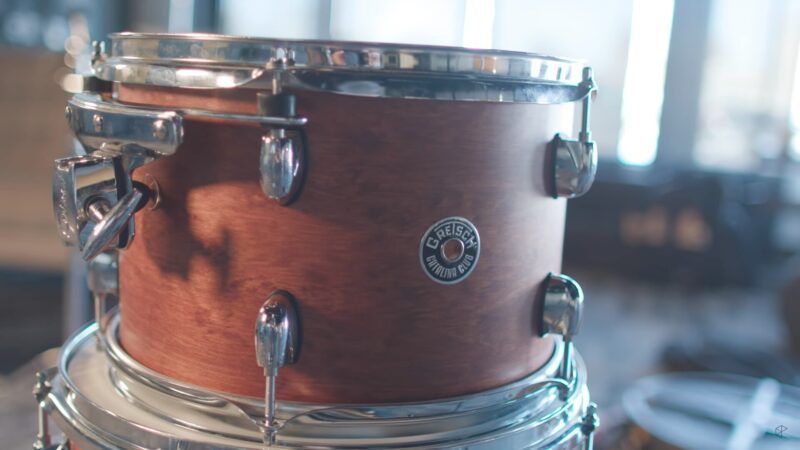
Source: churchfront.com
The choice of material comes next. The metal shells of snare drums come in many materials which include steel, brass, bronze, copper, and aluminum. The quality of each shines through in their respective areas. Although there is a material that’s usually revered as the best pick among the musical industry. This being brass, which has been propped as the perfect source of stronger tones throughout history.
Of course, you could choose a different shell still. For those looking for brighter tones, aluminum and steel will do far better. They resonate in a much more light tone, giving them a special vibe compared to other drums.
4. Different sizes resonate with different sound
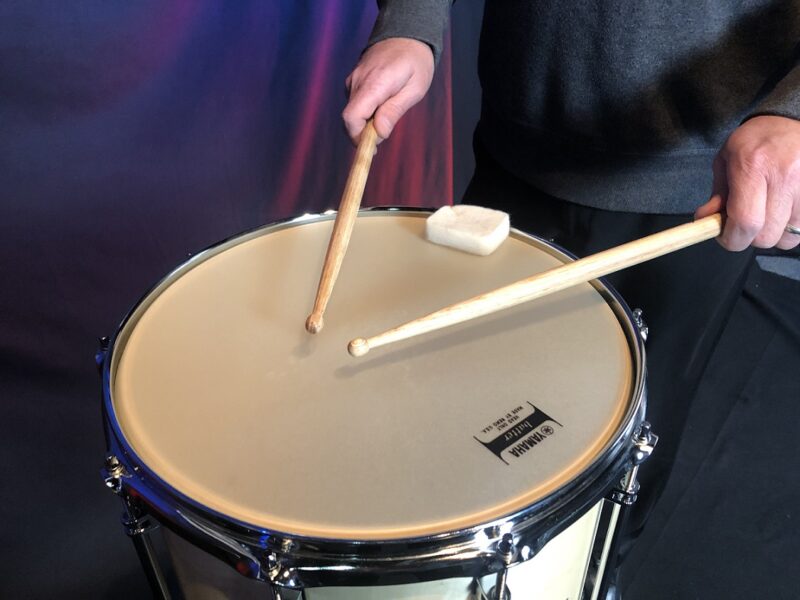
Source: yamahaeducatorsuite.com
This is an important bit of information to know. Not every snare drum produces the same type of sound which can make picking one out a lot more complex. However, if you have a sound in mind, it becomes a lot easier to discern the correct choice for your situation. Never go into the purchase of a snare drum expecting a drum to be an all-rounder. The smaller drums will vibrate faster, emitting higher pitches of sound while larger ones give you slower vibrations, resulting in deeper sounds. Discern which ones the right for you and try to opt for one that fits the aforementioned style. Being consistent with the style choices will make the entire kit sound a lot better than it usually would.
5. Look into the edge of the drum
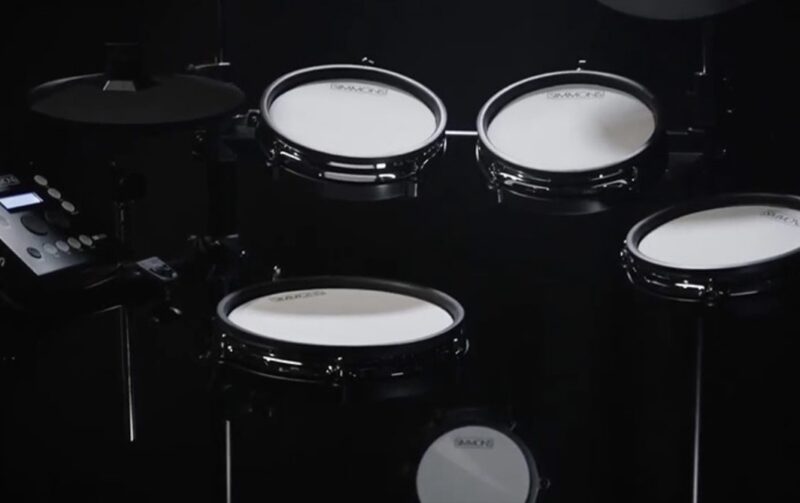
Source: electronicdrumadvisor.com
Drum’s edges can affect its sensitivity. If a drum’s bearing edge is sharp it will give you higher frequencies with more ringing. Those that go for rounder edges will find that these result in shells receiving more of the impact than the head, resulting in different tones.
Usually, you want one of each in order to spread out your tonal capabilities and keep a healthy mix going. Of course, those who feel that they do not need both types of sounds right now can skip over the one they are less interested in. We do recommend eventually getting a set once your funds are capable of supporting that.
6. Keep an eye out for quality and price
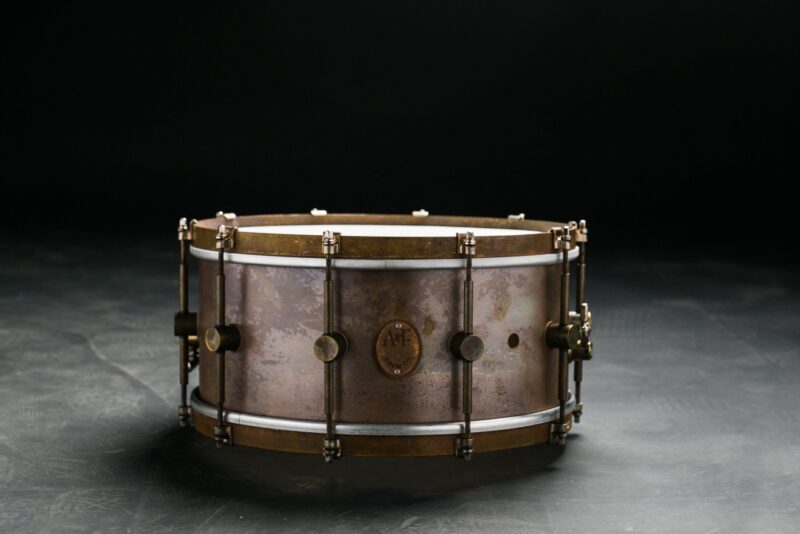
Source: anfdrumco.com
You shouldn’t get too focused on higher prices. They do not always dictate that the drum will be better. This is especially true in the sector of middle-cost drums. The overall difference comes more so from the application than the actual effects of the drum itself. Of course, you should still keep an eye out for quality drums. Check the construction and if the structure feels like it will last for a while. Some of these drums could even be damaged which is something you do not want to deal with when purchasing a new snare drum. Simply take time and look over multiple different shops to find the most fruitful kit that won’t cost you much.
Conclusion
While buying a snare drum may be one of the most important parts of completing your drum kit, it could also prove to be a lot more complex engagement than you’d first assume it to be. After reading this article we hope you’ve learned about a few traits that need to be looked at when a snare drum is being selected. Do not forget to always keep an eye out for good deals, that way you could afford multiple snare drums that could fit multiple genres and styles of your music. Having a few is great for experimentation so it’s definitely great for those who either plan on more complex musical engagements or those who wish to spread out their current knowledge of musical styles.

